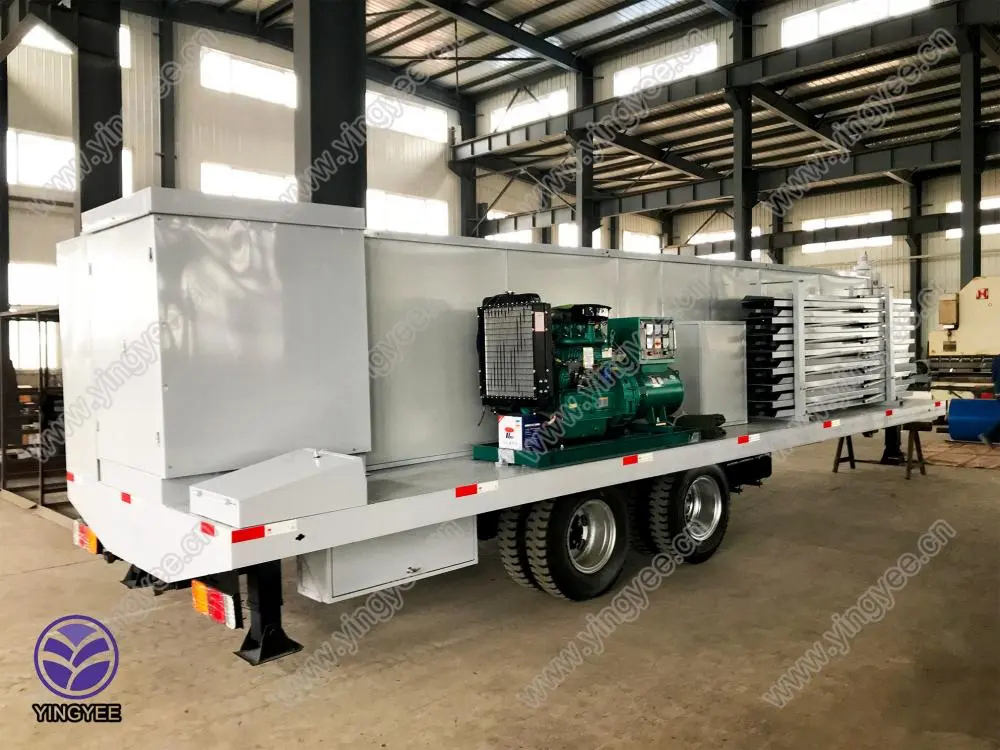
The Evolution and Importance of Standing Seam Rolling Machines
In the realm of modern construction and architectural design, standing seam roofs have gained considerable popularity due to their durability, aesthetic appeal, and energy efficiency. Central to the construction of these roofs is the standing seam rolling machine, a specialized tool that plays a crucial role in the production of the metal panels required for standing seam systems. This article examines the significance, functionality, and advancements in standing seam rolling machines, highlighting their role in contemporary roofing solutions.
What is a Standing Seam Roof?
Before delving into the workings of a standing seam rolling machine, it is important to understand what a standing seam roof is. A standing seam roof consists of vertical metal panels with raised seams, which are joined together vertically. This design not only enhances the visual appeal of a structure but also provides superior weather resistance. The seams are elevated above the level of the panel, allowing for effective water drainage and minimizing the risk of leaks, making it an ideal roofing solution for various climates.
The Role of Standing Seam Rolling Machines
Standing seam rolling machines are essential for manufacturing the metal panels used in these roofing systems. These machines transform flat sheets of metal into panels with the necessary folds and seams. By using advanced technology and engineering principles, these machines ensure that the panels are produced with precision and consistency. Each machine typically features a series of rollers arranged in a specific configuration, enabling the metal sheet to be manipulated into the required shape as it passes through.
Functionality and Features
A standard standing seam rolling machine consists of several key components
1. Roll Forming System This is the heart of the machine, where the metal sheets are shaped. The roll forming system includes multiple pairs of rollers that gradually bend and shape the metal, creating the raised seams and the body of the panel.

2. Material Feed and Control The machine is equipped with a feed mechanism that allows operators to input the dimensions and specifications of the panels. Advanced models have computerized controls that enhance precision and reduce waste.
3. Cut-off System Once the metal panel reaches the desired length, the cut-off system ensures that it is precisely cut, ready for installation. Some machines offer programmable lengths, streamlining the production process.
4. Capacity and Adaptability Modern standing seam rolling machines can process a variety of materials, including galvanized steel, aluminum, and titanium-zinc. The ability to work with different materials expands the versatility of these machines, catering to various industry needs.
Advancements in Technology
The evolution of standing seam rolling machines has been marked by significant technological advancements. Older models were primarily mechanical and required extensive manual operation. However, contemporary machines integrate computer numerical control (CNC) technology, enabling automated and highly accurate manufacturing processes. Features such as real-time monitoring and diagnostics help improve efficiency and reduce downtime.
Moreover, advancements in material science have led to the development of lighter and stronger materials, which can be utilized with modern machines. This not only enhances the quality of the roofing products but also makes transportation and installation easier.
The Impact on the Industry
The introduction of standing seam rolling machines has revolutionized the roofing industry. By enabling quick production of high-quality panels, these machines have made standing seam roofs more accessible and affordable. They have also contributed to the growth of sustainable construction practices, given that metal roofs are often recyclable and energy-efficient.
In conclusion, standing seam rolling machines play a pivotal role in the construction of standing seam roofs, combining technology and craftsmanship to produce durable and aesthetically pleasing materials. As the demand for energy-efficient and visually appealing buildings continues to rise, the importance of these machines in the roofing industry cannot be overstated. With ongoing advancements in technology, standing seam rolling machines are poised to further enhance the quality and accessibility of standing seam roofs for generations to come.